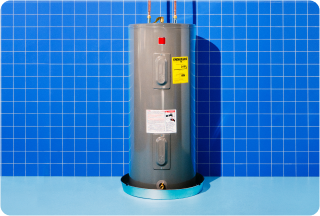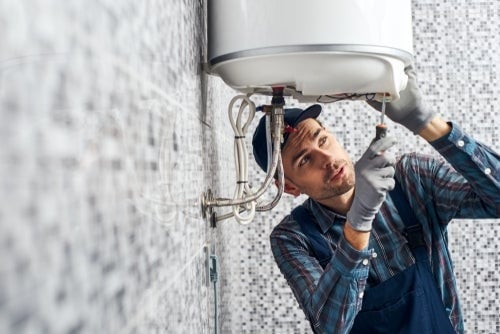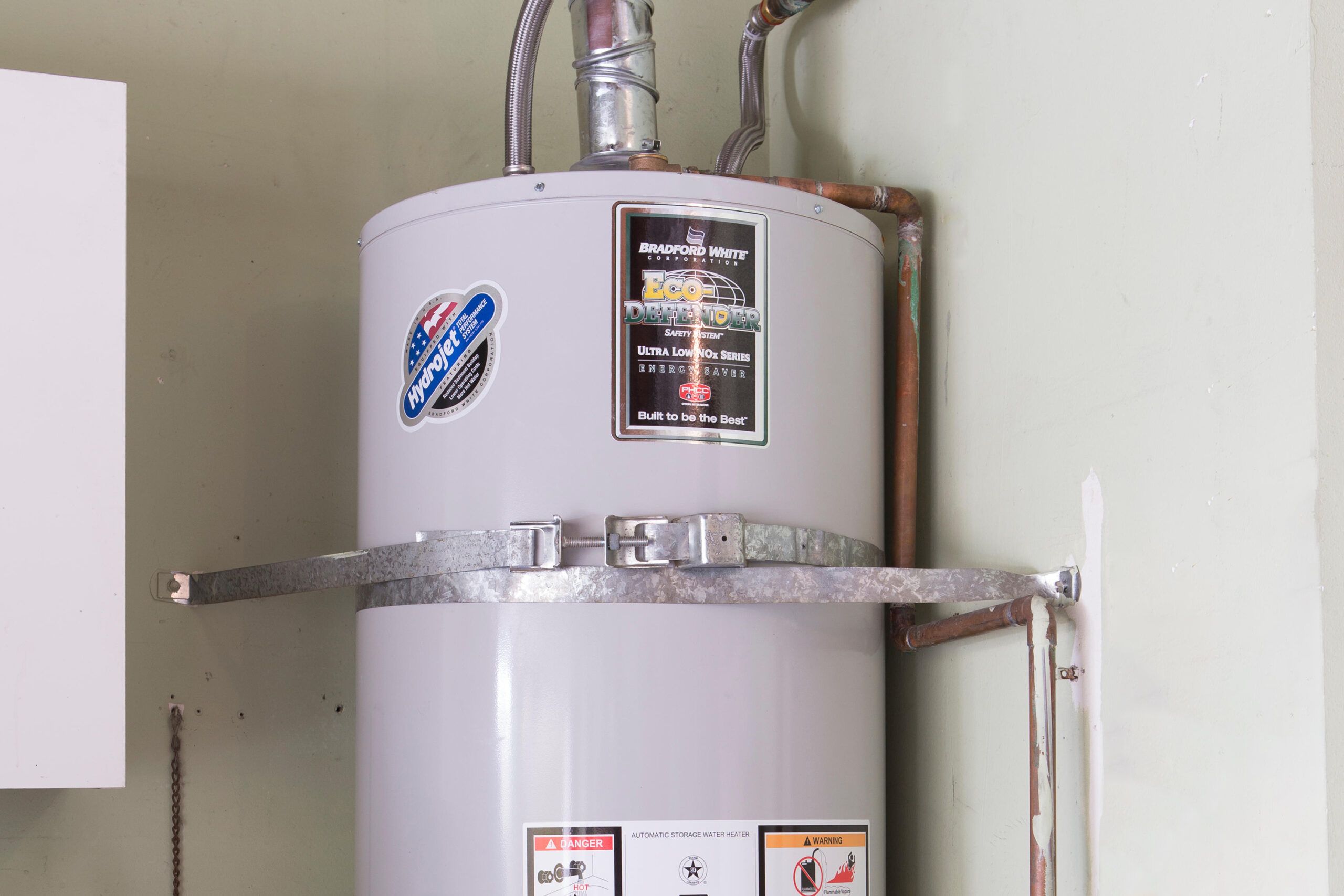Your home water heater is one of the most essential appliances because it supplies hot water for washing dishes, cleaning clothes, and showering after a long day. Without a supply of piping hot water straight from the tap, things can get dicey pretty quickly around the house.
You might have a gas water heater, an electric water heater, or a spiffy new tankless water heater, but in terms of maintenance, water heaters fall into two basic categories: those with tanks and those without. On average, your home’s water heater should last around 8–13 years, depending on whether it’s a traditional tank model or a tankless one. Of course, how well you maintain your water heater will have a huge impact on how long it lasts. Whatever model you have, your water heater needs regular TLC to keep supplying your family with hot water throughout its expected life span, which means giving it routine hot water heater service.
Here’s your home water heater maintenance checklist for tank and tankless models, so that you can avoid a broken water heater (aka a cold shower) and a costly repair or replacement.
Gas and Electric Water Heater Maintenance Tips
A conventional tank water heater heats up water using either gas or electricity and stores that water in its tank for use. Here are a few things you should do to extend your tank water heater’s life.
1. Test the Pressure Relief Valve
The pressure relief valve is a safety mechanism that prevents your home water heater from exploding if too much pressure builds up inside of it. You’ll see a switch on the side of your water heater with a long, copper or plastic discharge pipe leading down from it. If the pressure inside your tank gets too high, the valve opens automatically to release it. The discharge pipe directs the flow of water down to the floor and, hopefully, away from your furnace, electrical panel, or other sensitive equipment.
Here's where you come in. Test the pressure relief valve during your yearly water heater maintenance by placing a bucket under the discharge pipe and lifting the lever. If water comes out of the pipe, you’re good; use the lever to close the valve. If lifting the lever doesn’t open the valve, or if the valve leaks after you test it, replace it.
2. Check the Anode Rod
Regardless of the type of water heater you have—whether it’s an electric water heater or a gas water heater—it will have an anode rod. The anode rod takes one for the team, attracting corrosive minerals so that they corrode the rod instead of the tank itself. Replacing the anode rod once every five years or so could significantly lengthen the life of your home water heater.

First, shut off the gas or power to the water heater, close the shutoff valve, open a hot water tap, open the pressure release valve, and drain your water heater. (Don’t know how to do this? Check out our article about how to drain a hot water heater.) Draining a few gallons of water from the tank should do the trick. If you see flakes of rust in the water, it may be time for a new home water heater—but orange water is not necessarily a bad sign.
Check your unit’s user manual to find out where the anode rod is; if you don’t have the hard copy, you should be able to find one online. To break the anode rod free, you may need an impact wrench and some WD-40, or at least a cheater pipe wrench. Once you have it broken free, check for leaks around the hex head—if you see any, you need to drain some more water out of your tank before proceeding.
If the rod looks corroded, or if your tank is at least five years old and you’ve never checked the rod before, you’ll need to replace it. You can buy a flexible rod for home water heaters that are stored in tight spaces. Use pipe thread sealant on the threads instead of the plumber’s tape since tape can make the rod less effective. Flush the tank, or at least drain a few more gallons out, before turning the power and water back on.




